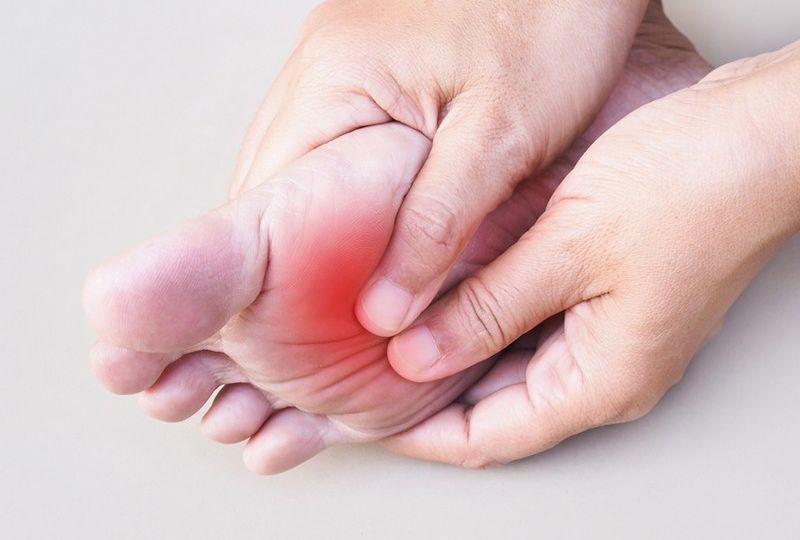Neuropathy

An estimated 20 million people in the United States suffer from some form of peripheral neuropathy, a condition that affects the normal activity of the nerves that connect the central nervous system — the brain and spinal cord — to the rest of the body.
Peripheral neuropathy can involve various different nerve types, including motor, sensory, and autonomic nerves. It can also be categorized by the size of the nerve fibers involved, large or small.
In the world of podiatry, most cases of peripheral neuropathy are found in the feet and develop from nerve damage caused by diabetes. Diabetic neuropathy can occur in both Type 1 and Type 2 diabetes. In Type 1 diabetes, the body does not produce the insulin necessary to convert glucose into the energy that the body needs. Type 2 diabetes, which is far more common, occurs when the body is unable to use insulin properly. It has been estimated that between 60 to 70 percent of diabetics will deal with some form of neuropathy in their lifetime, compared to only a 25 to 30 percent chance for non-diabetics.
Neuropathy can also manifest itself in the feet as a side effect from certain medications, neurological disorders, arthritis or as a result from a traumatic injury. As of today, more than 100 types of peripheral neuropathy have been identified, each with its own symptoms and prognosis, and are classified according to the type of damage to the nerves have sustained.
The symptoms of neuropathy vary depending on the type and location of the nerves involved. The symptoms either appear suddenly, which is called acute neuropathy, or develop slowly over time, called chronic neuropathy.
As a Neuropathy Center, Dr. Goldbaum has the ability to provide patients with the best care possible through numerous advanced treatments and state-of-the-art technology, including Cold Laser Therapy, Circulator Boot Therapy and Micro-Vas Vascular Treatment.
